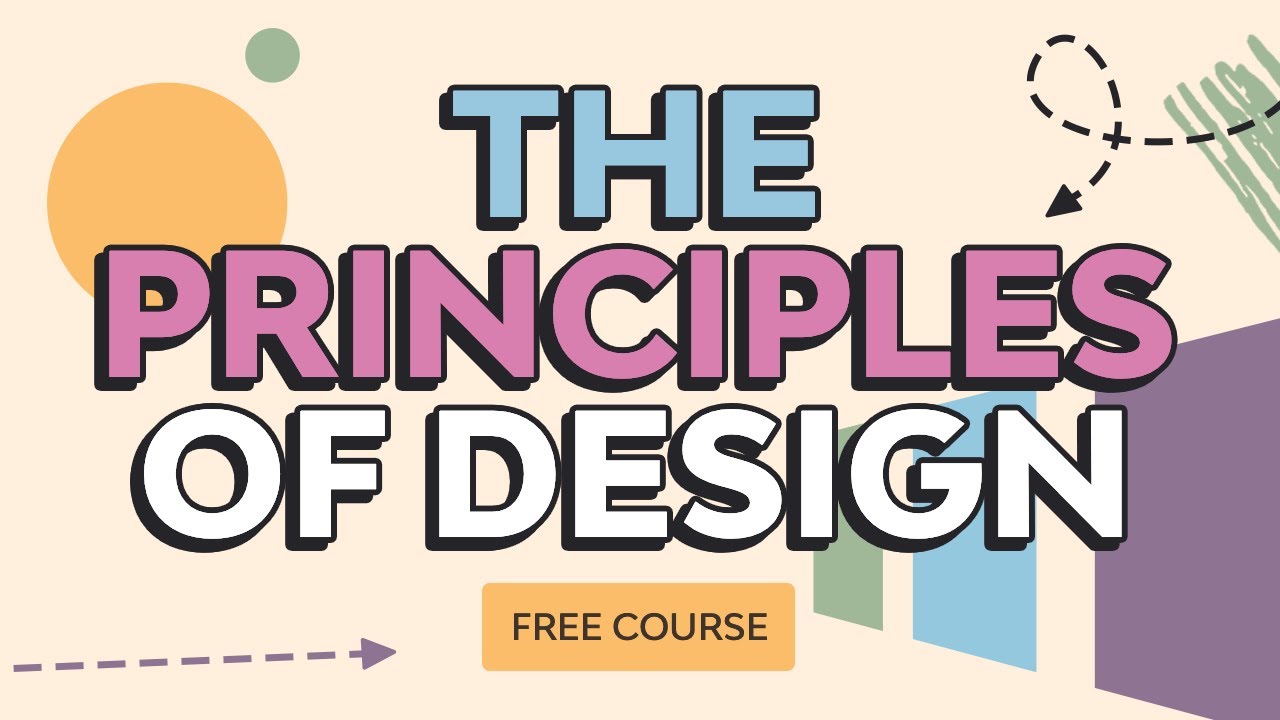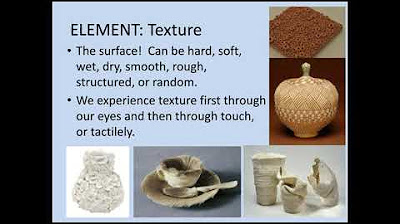Architectural Design Principles
Summary
TLDRThis video delves into the core principles of architectural design, highlighting how balance, contrast, proportion, hierarchy, rhythm, unity, variety, emphasis, and movement work together to shape functional and visually appealing structures. It explains how these principles guide the aesthetic and structural harmony of buildings, from achieving symmetry and visual interest to enhancing flow and user experience. The script explores each principle in detail, providing insights into how architects create spaces that are not only beautiful but also functional and cohesive.
Takeaways
- 😀 Balance in architecture ensures stability by proportionately distributing elements like shape, color, and texture to create a harmonious design.
- 😀 Symmetrical balance uses identical elements around a central axis, while asymmetrical balance achieves harmony with unequal but visually balanced elements.
- 😀 Contrast highlights differences in elements (e.g., colors, shapes) to create focus, making certain parts of a design stand out.
- 😀 Proportion ensures unity in design by keeping all elements, like the height of a building or the size of windows, in pleasing scale with one another.
- 😀 The Golden Ratio and other proportioning systems like Vitruvian or Modular systems guide architects in achieving visually harmonious designs.
- 😀 Hierarchy organizes elements by importance, guiding attention toward key features like grand entrances or central spaces.
- 😀 Rhythm in architecture involves repeating elements (e.g., windows, columns) or gradual changes (e.g., color or shape) to create flow and unity.
- 😀 Unity ties all parts of a design together, ensuring consistency and coherence in the structure, materials, and colors.
- 😀 Variety brings interest and uniqueness by incorporating different materials, shapes, or styles, but should be balanced to avoid chaos.
- 😀 Emphasis is used to create a focal point in a design, guiding the viewer’s eye to key elements through size, contrast, or placement.
- 😀 Movement in architecture refers to the flow of space, either through physical movement or visual cues, creating dynamic experiences for users.
Q & A
What are the basic principles of architectural design?
-The basic principles of architectural design include balance, contrast, proportion, hierarchy, rhythm, unity, variety, emphasis, and movement. These principles help create functional, aesthetically pleasing, and harmonious spaces.
How does balance contribute to architectural design?
-Balance in architecture refers to the proportionate distribution and arrangement of elements like shapes, forms, and colors. It creates stability and equilibrium in the design, ensuring no area overpowers another, resulting in harmony.
What is the difference between symmetrical and asymmetrical balance?
-Symmetrical balance is achieved when similar or identical elements are placed around a central axis, common in traditional buildings. Asymmetrical balance uses different elements with equal visual weight, creating balance without mirroring each side.
What role does contrast play in architectural design?
-Contrast highlights differences between elements like color, size, shape, or texture. It creates focal points, draws attention to specific areas, and can emphasize the difference between architectural styles or design elements.
Why is proportion important in architecture?
-Proportion ensures harmony between the various elements of a building, such as its height, width, and the size of windows or doors. It contributes to both aesthetic appeal and structural integrity by maintaining balanced ratios.
What are some historical systems of proportion used in architecture?
-Historical systems of proportion include the Golden Ratio, developed by the ancient Greeks, as well as Le Corbusier’s Modular system and Vitruvius’s proportioning system. These frameworks help architects create harmonious and visually appealing designs.
What is hierarchy in architectural design?
-Hierarchy in architecture refers to the way elements are ordered based on their importance. Larger or grander features, such as towers or entrances, are given more significance, while smaller details are placed lower in importance.
How does rhythm enhance architectural design?
-Rhythm in architecture involves the repetitive or progressive arrangement of elements, such as windows or columns, creating a flow or sense of movement. This principle enhances visual cohesion, guiding attention and contributing to comfort and familiarity.
How is unity achieved in architectural design?
-Unity is achieved by ensuring all parts of the design, such as structure, materials, and colors, work together cohesively. Proportions, symmetry, and alignment play key roles in creating a unified, aesthetically pleasing whole.
What is the significance of variety in architectural design?
-Variety adds interest and uniqueness to a design by incorporating diverse elements, materials, and shapes. However, it must be balanced to avoid visual chaos, and it should complement other principles like unity and harmony to maintain overall cohesion.
What does emphasis mean in architecture, and how is it achieved?
-Emphasis in architecture refers to creating a focal point that draws attention, highlighting important areas of a design. This can be achieved through size, color, contrast, or placement, ensuring that certain elements stand out more than others.
How does movement influence architectural design?
-Movement in architecture refers to the dynamic experience of interacting with and moving through a space. This principle can involve visual elements suggesting motion, or the design of spaces that guide physical movement, creating an engaging and dynamic user experience.
Outlines

Этот раздел доступен только подписчикам платных тарифов. Пожалуйста, перейдите на платный тариф для доступа.
Перейти на платный тарифMindmap

Этот раздел доступен только подписчикам платных тарифов. Пожалуйста, перейдите на платный тариф для доступа.
Перейти на платный тарифKeywords

Этот раздел доступен только подписчикам платных тарифов. Пожалуйста, перейдите на платный тариф для доступа.
Перейти на платный тарифHighlights

Этот раздел доступен только подписчикам платных тарифов. Пожалуйста, перейдите на платный тариф для доступа.
Перейти на платный тарифTranscripts

Этот раздел доступен только подписчикам платных тарифов. Пожалуйста, перейдите на платный тариф для доступа.
Перейти на платный тарифПосмотреть больше похожих видео
5.0 / 5 (0 votes)






